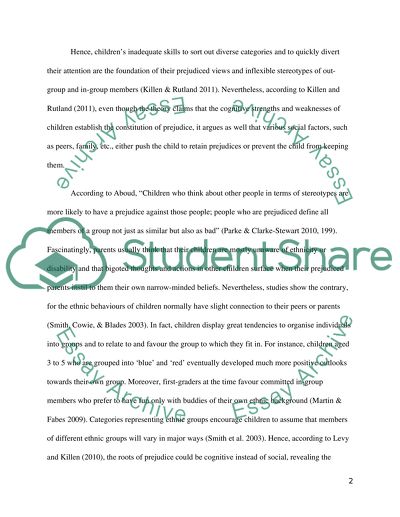Cite this document
(“The Development of Children`s Attitude towards Disability Essay”, n.d.)
Retrieved from https://studentshare.org/psychology/1440948-discuss-aboud-s-suggestion-that-there-are
Retrieved from https://studentshare.org/psychology/1440948-discuss-aboud-s-suggestion-that-there-are
(The Development of Children`s Attitude towards Disability Essay)
https://studentshare.org/psychology/1440948-discuss-aboud-s-suggestion-that-there-are.
https://studentshare.org/psychology/1440948-discuss-aboud-s-suggestion-that-there-are.
“The Development of Children`s Attitude towards Disability Essay”, n.d. https://studentshare.org/psychology/1440948-discuss-aboud-s-suggestion-that-there-are.


